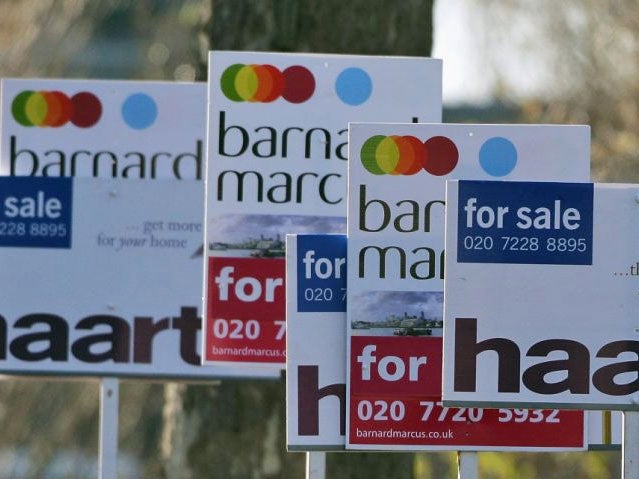Stamp duty explained: Who does it affect, and what's the catch?
The Government's reform to the system will come into force at midnight

Your support helps us to tell the story
From reproductive rights to climate change to Big Tech, The Independent is on the ground when the story is developing. Whether it's investigating the financials of Elon Musk's pro-Trump PAC or producing our latest documentary, 'The A Word', which shines a light on the American women fighting for reproductive rights, we know how important it is to parse out the facts from the messaging.
At such a critical moment in US history, we need reporters on the ground. Your donation allows us to keep sending journalists to speak to both sides of the story.
The Independent is trusted by Americans across the entire political spectrum. And unlike many other quality news outlets, we choose not to lock Americans out of our reporting and analysis with paywalls. We believe quality journalism should be available to everyone, paid for by those who can afford it.
Your support makes all the difference.George Osborne has used his last autumn statement before the election to offer an eye-catching reform to stamp duty which will come into force at midnight
We've sifted through the jargon to explain what this means.
Who benefits from the change?
In some good news for homebuyers, George Osborne claimed stamp duty will be cut for 98 per cent of homebuyers who currently pay it – which works out as a tax cut of £4,500 when buying an average £275,000 family home.
Is there a catch?
He also claimed that only homes that cost just over £937,000 will see their stamp duty bill go up under this system.
Isn’t that annoying for people who recently signed contracts?
Osborne has given a choice: ‘Anyone who has exchanged contracts but not completed by midnight will be able to choose whether to pay under the old system or new’
How do I work out which band I fall into?
The new stamp duty bands? 0% up to £125k; 2% up to £250k; 5% up to £925k; 10% up to £1.5m; 12% above. HMRC has an online calculator http://www.hmrc.gov.uk/tools/sdlt/land-and-property.htm that can work out how much you will have to pay.
What was wrong with the previous system?
Under the old “slab system”, stamp duty kicked in over £125k, with 1% rate charged on the whole value properties worth up to £250k. A 3 per cent rate was charged on properties worth more than £250k, up to £500k, whereupon the rate rose to 4% up to £1m, 5% up to £2m and 7% on the value of properties worth over £2m.
So, what was the problem?
Under the old regime, anyone buying a house for £185,000 – the average paid by people using the government’s help to buy scheme - or less would have paid 1 per cent on the full amount – or £1,850. The new regime will see the same home buying paying nothing on the first £125,000 and 2 per cent on the remaining £60,000, which works out at £1,200.
Does this apply across the UK?
It will until April. Then homebuyers in Scotland will see the Scottish parliament’s own reforms of the tax take effect. These were designed to be neutral overall, so higher rates of duty will kick in earlier, meaning there could be a flurry of transactions north of the border.
Why is a tax on houses called stamp duty?
Because it’s a tax paid on the transfer of documents – these are traditionally physically stamped by government offices to show that duties have been paid.
Stamp duty is the oldest of all UK taxes, first levied in 1694 on vellum, parchment & paper to pay for a war against France.
Join our commenting forum
Join thought-provoking conversations, follow other Independent readers and see their replies
Comments